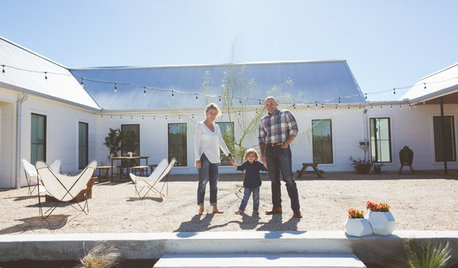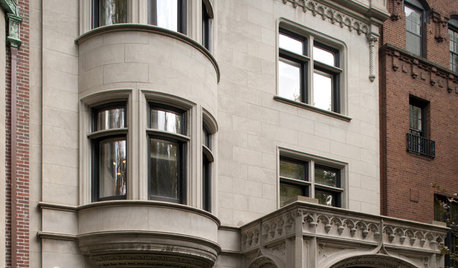Hello,
I have an involvement that I consider to include plant development, if not quite exactly hybridizing unless gene splicing/injection is considered hybridizing. You know, the process wherein an advantageous gene is isolated in some plant, and then transferred (along with its benefits) to another plant, maybe typically an existing commercial variety of the plant, which could benefit a lot from the genetic change or addition. (Maybe this could happen with new varieties hybridizers create?)
What's going on in my case, may include my being unable to find certain information about the costs of gene injection ("shooting" I think it 's sometimes called) of the gene into a new plant, along with possible also, the cost involved in isolating the gene in the first place. (If you know any places online to read about or confirm these things, I guess if you want to post about it, then reading the rest would become less relevant!...although if I can, I'll try to keep it interesting, from a botanical point of view).
So, I guess I should describe in some detail, the overall situation:
)I've been working on isolating (from wild plants) Immunity to a certain disease. The plants are wild high bush blueberry of the V. corymbosum type, the one representing most (non Southern, at least)cultivated blueberry varieties.
I decided a little while that I'm ready to try to submit my results to some university or other research outfit, for final testing (The test is amazingly simple and quite easy).
Assuming i eventually get some response of interest and willingness, I still might best, I think, try to be "up" on some of the variable involved, in possible development of the material, assuming that the immunity does get proved. It, incidentally, is the disease "mummy berry", G. pucciniastrum.
Well, at least if i"m offered any monetary part of the results upon development--which is another thing I'm not too sure will be in the cards: I've only one response from researchers so far, and it was a polite refusal.
Yes, part of the reason could be variables Im not too knowledgeable about: for example, the expectable cost of doing gene isolating and injecting of the gene or genes bringing the prospective immunity.
In fact, that's the main thing I came here hoping to ask: Where online can i find indication or figures or example about the cost of transferring a gene?
Despite all the things I"ve successfully "found" online relating to this project--including for example, details of the test I have in mind for final evaluation for immunity--I'm striking out in finding _anything_ about the costs of doing gene shooting, and i guess probably also gene isolating first, into a given plant, such as this woody shrub.
If the cost happens to be very high (high six figures? seven figures?) then that might seem a reason for little response at least so far, from three places i've written to. A new, more detailed letter just went out to Rutgers U. which has big blueberry research projects underway, but it's been only a couple days so far, so too soon to tell.
But in case I'm told that the cost of injection might be prohibitive for this disease (not one of the "biggest" blueberry diseases, but on certain sites or even certain whole regions (with fir trees of any kind present) it either prohibits blueberry planting or makes plantations or home owner plants fairly apt to be affected and maybe devastated (entire plantings where I am in some cases --where they are close enough to concentrations of firs) devastated and even probably largely for that reason, abandoned before too long.
By the way, my understanding is that V. corymbosum, the species I'm working with, HAS, a couple years ago, had its genetics completely sequenced.
That 's about it, and I'll be coming back at times to watch for any replies, thank you.
















zen_man
mephistoOriginal Author